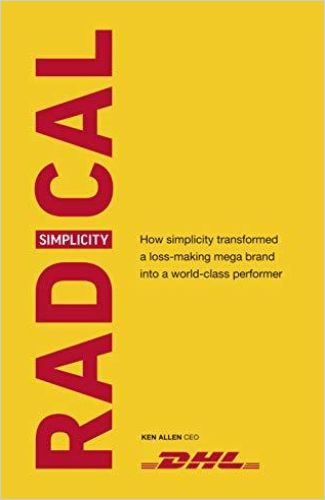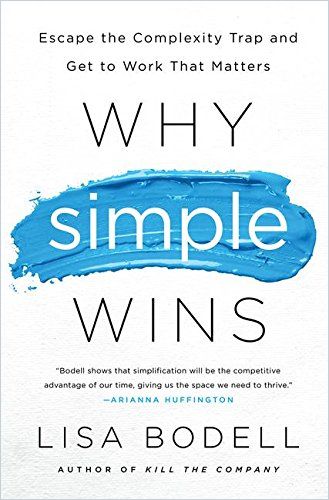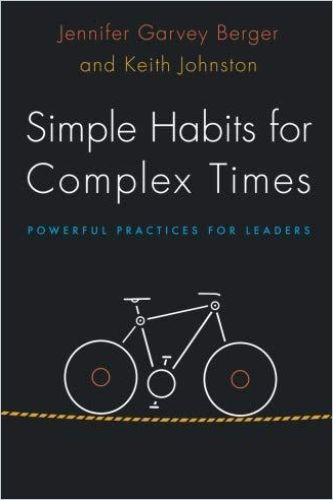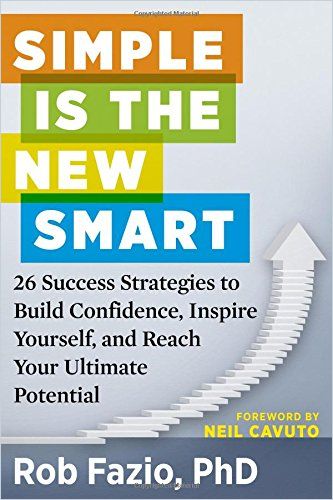Keep It Simple

“Simplicity is the ultimate sophistication,” Leonardo da Vinci once said. For business leaders, the aphorism is particularly pertinent in a world that is growing more complex by the minute.
Simplicity does not mean simple or simplistic. It means whittling things down to its essential elements.
Winston Churchill famously said that writing a long letter takes less time than crafting a short one. Or think about the sophistication involved in building an easy-to-use Apple product; or coming up with a sticky marketing slogan (“Just Do It” comes to mind); or, like Southwest Airlines, designing a sleek business model able to compete successfully in the highly complex airline sector.
Simplicity also does not mean without ambition or audacity. This is especially important when it comes to setting goals. Boiling down your disparate ambitions and objectives to one guiding principle will free you up to reach for the stars – without going astray.
Simplicity as a Leadership Philosophy
“Simplicity works for me, in business and in life. It can work for you too.” This quote comes from Ken Allen, CEO of DHL – a world-leading delivery company with a complex history.
In his part memoir, part business guide, Allen offers practical advice based on simple lessons for succeeding in life and work.
When Allen, who had been working for DHL for decades, took over as the company’s CEO in 2009, DHL was not only losing money, it was also battling the fallout of the global financial crisis.
Allen transformed DHL by putting theory aside to focus on simplicity and execution. He repeatedly asked a simple core question: What is the company passionate about, and what is it good at?
To answer the question, DHL came up with one simple phrase: “international express.” Allen emphasized this vision and drove everyone to become their best in serving it. He cut the number of board members in half, retaining only those who were experts and committed to his strategy.
Allen boils down his leadership philosophy into the simple acronym, SELF: S stands for simplicity – his basic guiding principle; E stands for execution, which means getting the “right” things done; L stands for leadership – both self-leadership and leading others; and F stands for focus – keeping your attention on your goals and objectives.

Simplicity in Corporate Environments
The question of how to simplify corporate environments is the topic of discussion in other recent books getAbstract has covered. In Why Simple Wins, innovation expert Lisa Bodell shares ideas, diagnostic exercises, activities and tools to help leaders cultivate the habit of simplification. When you simplify something, she explains, it becomes minimal, understandable, repeatable and accessible.
Bodell lays out the components of a “simplicity mind-set” that includes eliminating unnecessary tasks, staying focused on goals and results, and making decisions that keep things moving ahead.

Simplicity and VUCA
In a world characterized by volatility, uncertainty, complexity and ambiguity (VUCA), employees crave clear direction and priorities. Yet in complex systems, leaders don’t know enough to articulate a precise course of action. What they can do instead is to set a clear direction – a path on which people can experiment and learn constantly, within boundaries their leader defines.
In their book Simple Habits for Complex Times, consultants Jennifer Garvey Berger and Keith Johnston recommend starting with a shared vision. They advise leaders to establish a direction that moves your organization toward the story you want to tell. Their advice to articulate a company’s vision in terms of purpose and values is simple yet powerful: Values can offer people direction and inform their behavior no matter what tomorrow brings.

Simplicity in Personal Life
Simple strategies are “appetizing” so you like them, they’re “digestible” so they’re easy to use and they’re “memorable” so you can recall them when you need them, writes sports psychologist and crisis consultant Rob Fazio in his lifestyle manual, Simple Is the New Smart. Simplicity, he cautions, does not mean taking the easy way out. Instead of shortcuts, take “smart-cuts,” he advises. He defines smart-cuts as planned, efficient actions that produce a sizable benefit with a minimum of effort, thus offering the most direct strategy for success.

Bringing simplicity to a complex world is no easy task. Yet if done skillfully, it will help you keep your focus, see the forest for the trees and pursue what truly matters – to you, your customers and your organization.








